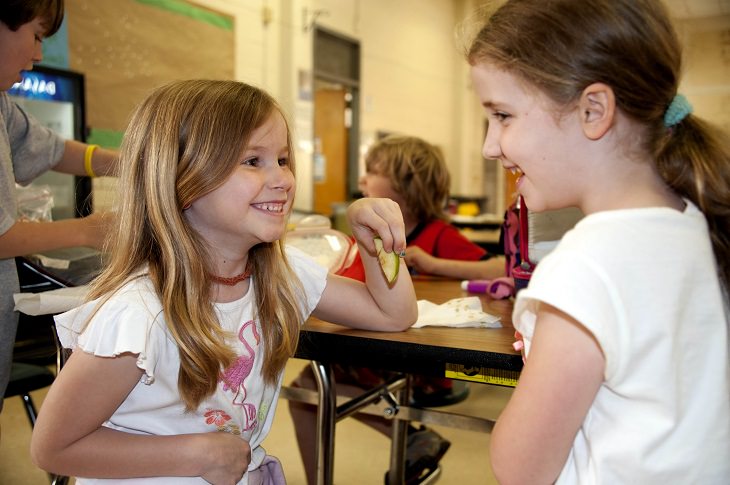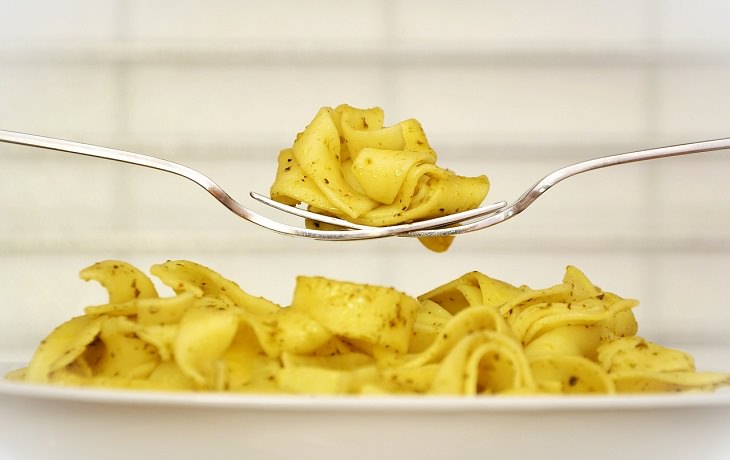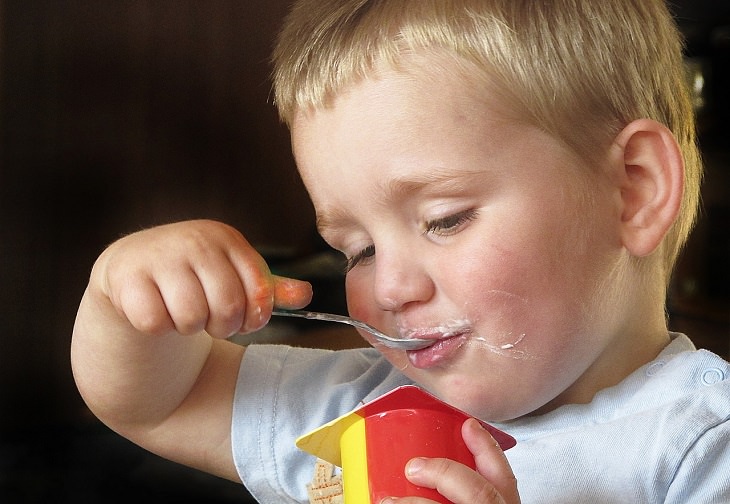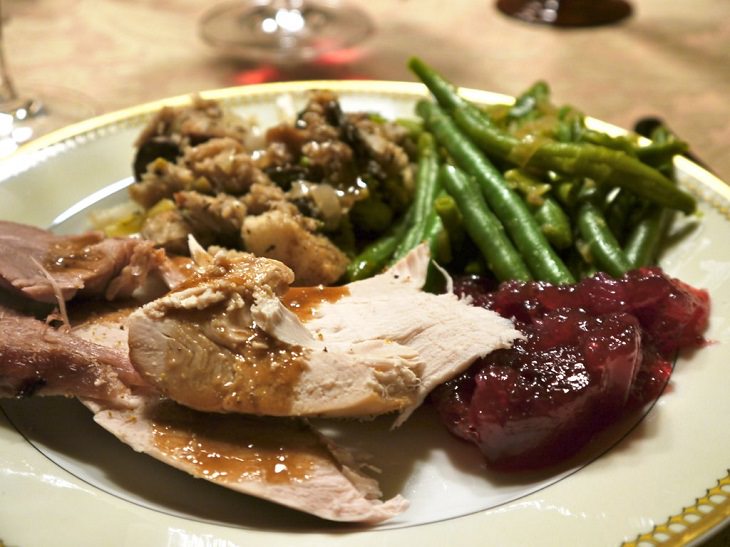
It used to be simple, all mom and dad needed to do was pack a sandwich and the kids were set for the day. Today, with the health and nutrition revolution taking place around the world, it is clear to most of us that a sandwich alone is not enough. We know that it is important to provide our children with healthier and more nutritious foods for their daily meals.
However, as a result of lack of time or outdated habits, many continue to send their children to school with the same thin sandwich, and sometimes with some sweet thing that is filled with sugar and harmful food coloring. To help change this situation, we have compiled nine recommendations for foods that nutritionists and renowned health experts recommend to pack in your children’s lunch bag. Here are some tips and advice to help you understand what you need to do to enrich your child’s lunch.

Rick Hall, a nutritionist and clinical professor, says he and his wife, like many other parents, work hard to find the balance between what their children like to eat and what is good for them and healthy for their bodies. Hall stresses that although this can limit our range of options, it is important that as parents we reduce our children's high sugar and sodium intake because many foods they like are full of these ingredients.
Hall says he sends his eldest daughter to school packed with lightly steamed and salted soybeans, also known by its Japanese name "Edamame" – a nutritious healthy snack that doesn’t have sugar in it. Hall reports that his daughter doesn’t enjoy this wonderful dish alone, but shares it with her classmates, who also like this healthy food.
Melissa Halas-Liang, a certified dietitian and internet entrepreneur promoting healthy child nutrition, says that one of her family's favorite dishes, which she also packs without hesitation as a lunch for her school-aged children, is a colorful and delicious Primavera salad.
Halas-Liang uses whole wheat pasta to make the salad, which is healthier than regular pasta, as well as fresh tomato slices, which she roasts with a bit of crushed garlic, and adds cooked chicken strips and baby spinach leaves, which she quickly dries out in the microwave (she claims her children like this better than classic spinach). For seasoning, Halas-Liang uses a little olive oil and lemon juice, which makes the food even more tasty and healthy, mixing everything together and placing it in her children's food box.

Cara Rosenbloom, a certified dietitian, and entrepreneur who advises nutrition education professionals in the general public says that as a nutritionist she has learned that children function much better in school, both physically and academically, when their meals are built to nourish them with constant energy throughout the school day.
Therefore, she says, you should always make sure that you send your children to school with at least one serving of high-quality protein, such as chickpeas, cheese, yogurt, etc. which can do the job well. Rosenbloom says that her own children are sent with dishes such as chicken breast cubes skewered with cherry tomatoes and cucumber slices; A whole-wheat sandwich with a slice of turkey or cheese with lettuce and tomato; and a quinoa salad with beans, carrots, and peppers.
Maya Feller, a nutritionist and dietitian, feels lucky that her two children have a healthy palate and good taste, so she doesn’t have to work too hard when packing them a meal for school. If you also have children with health awareness or have been able to adopt such positive habits, do like Maya and send them to school with yogurt that contains fruit or even better - a small bottle of goat's milk, making sure they’re energized the whole day. You can also send sliced cucumbers, mini sweet peppers and a lot of chickpeas or cherry tomatoes.

If your children are more "sophisticated" eaters and are ready to try something new, Melissa-Halas Liang tells of a light, winning dish she packs for her children as a school meal which has become one of their favorites. All you have to do is sprinkle some mashed black beans and lemon juice over a whole wheat tortilla, add a few mozzarella slices over it and roll the tortilla. Then, cut the rolled tortilla into small round pieces - in a Japanese sushi roll style, lay them side by side and you’ve got a tasty, original, non-fattening meal, that the kids will love to snack on.
Dinner time is usually the one meal where the whole family gets together, and this is an opportunity for you to serve your child fresh, healthy food and instill awareness of the importance of proper and balanced nutrition. Therefore, Laura Lagano, an expert nutritionist, recommends that you send your kids to school with "leftovers" from all the good things you ate the night before. She herself also tries to pack leftovers such as steamed broccoli, Brussel sprouts, cauliflower puree and raw fruits and vegetables. She adds to these a protein such as roasted chicken breast, hard boiled eggs or a slice of beef. Juices, sodas and cow's milk are a strict no, she says clearly.

As you’ve seen so far, nutrition experts as a whole strongly recommend that you incorporate a vegetable into the meal that you pack for your child to school. Along with the vegetables that you include in the packed meal, the nutritionists recommend adding a healthy spread or dip that can accompany it.
For example, Halas-Liang offers a delicious dip that she prepares with her children at home, which includes 2 tablespoons of mayonnaise, 2 tablespoons of fat-free white yogurt, one tablespoon of grated Parmesan cheese, half a teaspoon of garlic powder and another half teaspoon of dry parsley. Mix all these ingredients into a delightful dip, with which you can send your children to school.
Unfortunately, quite a few children tend to be allergic to nuts, and even if your child isn’t, some of their friends or classmates may suffer from this phenomenon, so be careful when sending them to school with a healthy bag of nuts. Rick Hall recommends that you add the nuts to your child's meal because they contain high amounts of good fats and proteins, so they are also very healthy and can provide an excellent snack between meals or at the end of one.

Nutritionists say people always ask them about dessert - should we add something sweet for the child to end the meal with? Here the views are slightly divided. Laura Lagano, for example, recommends that, in the first stage, you don't put anything sweet in their lunch box - not even fruit – so that the child is encouraged to eat the vegetables and meal first. Only after you are sure that they are eating and enjoying the health benefits of the vegetables, you can add some low-sugar fruit such as cranberries or strawberries.
As opposed to Lagano, Cara Rosenbloom says that from time to time she makes sure to treat her child with a small sweet snack - a homemade chocolate chip cookie or granola bar. The decision is ultimately yours, but make sure your child doesn’t overdo it with sweet food while in school.
In addition to the recommended foods above, nutritionists also have a few smart tips and tricks on how to pack and prepare a healthy and nutritious meal so that your kids will be excited about eating it:

1. Pack the meal during or after dinner preparation - Dietitian Christopher Moher correctly notes that packing the meal should focus not only on what you’re putting in it but also when you’re packing it. He says that in his home it’s done as part of the family's routine: eating dinner together, cleaning the kitchen and then preparing the food for the next day. The advantages here are clear: packing lunch in the morning right before the children go to school when there’s enough stress as it is, turns it into another chore among the many needed to be done at the beginning of the day. In the evening, on the other hand, you can do it when you aren’t stressed out and therefore you’ll be more likely to make wise, balanced, and better decisions about the foods you put into your kid's lunchbox.
2. Remember the "Three ‘S’ Rule" - Cara Rosenbloom has a simple rule that she is careful about when preparing her children's school lunch and she calls it her “three ‘S’ Rule” – what to avoid when packing your kids lunch: Stinky (like fish); Sticky (like maple syrup); and Soft drinks (too much sugar).
3. Pre-plan the combination of textures, flavors, and variety - Maya Feller says that when she plans her children's school meals she always thinks about the variety, the temperatures, flavors, and of course the nutritional value of the foods she puts in their lunch box. Feller explains that at this stage in their lives, children are in the process of growth and development and their food needs to support this, so the goal should be to provide them with healthy options they will love, eat with pleasure and that will give them the energy they need to concentrate and focus on their learning. Feller tries to send her children to school with a balanced meal that contains all the vitamins and minerals they need, from whole sources and as few processed foods as possible.
image source: atl10trade Melissa,